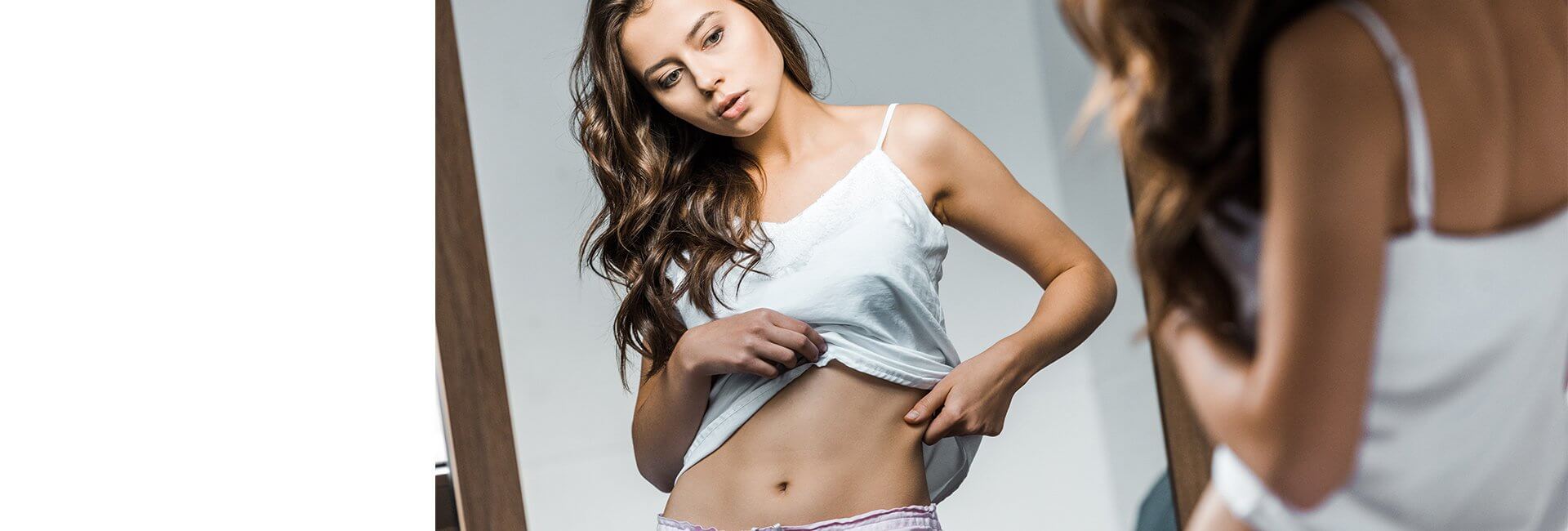Female Reproductive System
Female Reproductive System
Changes on the outside are directly related to what’s happening on the inside.
Female reproductive system Changes on the outside are directly related to what’s happening on the inside. Your reproductive organs are present from birth, but it isn’t until puberty that they fully develop, and are a sign that your body is physically prepared to have children.
Ovum Also known as an egg, the ovum is a reproductive cell which will develop into a foetus if fertilised by sperm. With the onset of puberty, one (sometimes two) ovum is released each month during your menstrual cycle.
Ovary This is where eggs develop. Eggs travel from the ovaries, through the fallopian tubes, into the uterus.
Uterus Also know as the womb, this is where a fertilised egg will become a foetus.
Fallopian tube Once a month, an egg travels down one of the fallopian tubes from the ovary to the uterus.
Cervix The cervix joins the lower part of the uterus with the upper part of the vagina.
Uterine lining This is a layer of tissue that lines the uterus. During the menstrual cycle, this lining thickens to prepare for the fertilisation of an egg. If an egg is not fertilised, the uterine lining will shed. This is your period.
Vagina This is the passage joining the outer sexual organs with the uterus, where menstrual fluid leaves the body.
The advice provided in this material is general in nature and is not intended as medical advice. If you need medical advice, please consult your health care professional.

